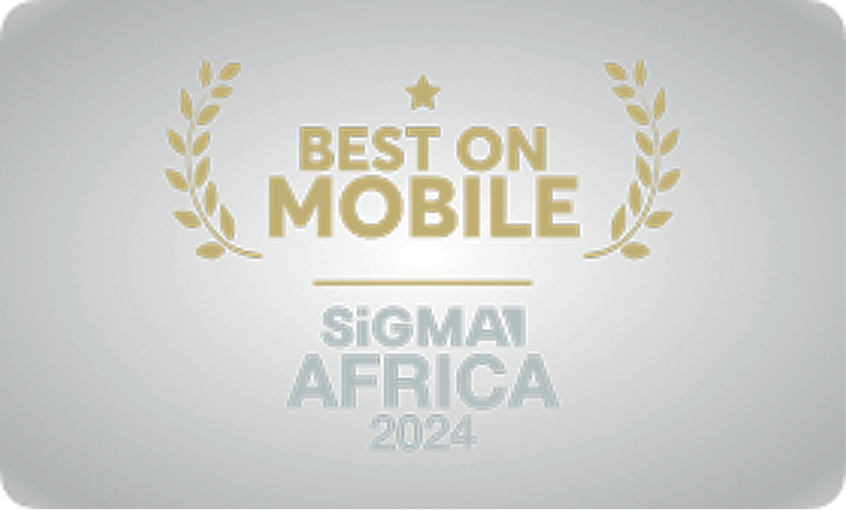Watch Henry’s MinutePhysics video: https://www.youtube.com/watch?v=NucdlR9EGbA
MinuteEarth & MinutePhysics are on Patreon: http://www.patreon.com/minuteearth & http://www.patreon.com/minutephysics
It’s becoming harder and harder to categorize moons as moons.
To learn more, start your googling with these keywords: Moon: a natural satellite of a satellite of a star. Satellite: A celestial body orbiting a larger celestial body. Orbit: The path followed by one object revolving around another object under the influence of gravity. Barycenter: The center of mass that two or more bodies orbit around. Binary System: A system in which two similarly sized object orbit the same barycenter. Hydrostatic equilibrium: Roundness that occurs when gravity is balanced by a pressure gradient force.
If you liked this week’s video, you might also like: That’s no moon … it’s a space station! https://www.youtube.com/watch?v=JGp_5gOww0E. And here's a tidy illustrated difference between geocentrism and heliocentrism: http://www.malinc.se/math/trigonometry/geocentrismen.php And MinuteLabs interactive chaotic planet orbit simulation: http://labs.minutelabs.io/Chaotic-Planets/
Subscribe to MinuteEarth on YouTube: http://goo.gl/EpIDGd Support us on Patreon: https://goo.gl/ZVgLQZ And visit our website: https://www.minuteearth.com/
Say hello on Facebook: http://goo.gl/FpAvo6 And Twitter: http://goo.gl/Y1aWVC
And download our videos on itunes: https://goo.gl/sfwS6n
Credits (and Twitter handles): Script Writer: David Goldenberg (@dgoldenberg) Script Editor: Henry Reich (@MinutePhysics) Video Illustrator: Ever Salazar (@eversalazar) Video Director: Henry Reich (@MinutePhysics) Video Narrator: Kate Yoshida (@KateYoshida) With Contributions From: Alex Reich, Emily Elert, Peter Reich Music by: Nathaniel Schroeder: http://www.soundcloud.com/drschroeder
References:
Norton, J. (2008) Could a moon have moons? Popular Science. Retrieved from: http://www.popsci.com/scitech/article/2008-04/could-moon-have-moons
H. A. Weaver, S. A. Stern, M. J. Mutchler, A. J. Steffl, M. W. Buie, W. J. Merline, J. R. Spencer, E. F. Young, L. A. Young (2006). The Discovery of Two New Satellites of Pluto. Nature. 439: 943-945. Retrieved from: http://www.nature.com/nature/journal/v439/n7079/abs/nature04547.html?foxtrotcallback=true
Tiscareno, M., Burns, J., Sremcevi, M., Beurle, K., Hedman, M. Copper, N., Milano, A., Evans, M., Porco, C., Spitale, J., and WEiss, J. (2010) Physical Characteristics And Non-Keplerian Orbital Motion Of “Propeller” Moons Embedded In Saturn’s Rings. The Astrophysical Journal Letters, 718: 92-96. Retrieved from: http://iopscience.iop.org/article/10.1088/2041-8205/718/2/L92
Spahn, F., and Schmidt, J. (2006) Saturn’s Bared Mini-Moons. Nature, 440: 30-31. Retrieved from: https://www.nature.com/nature/journal/v440/n7084/full/440614a.html









